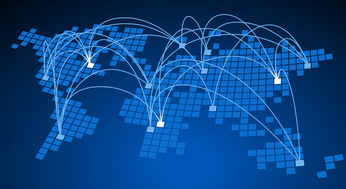Payment Cards Provide a Boost to the World Economy
 The use of electronic payments—that is, credit, debit and prepaid cards—increased the global gross domestic product by 0.1 percent between 2010 and 2015, or some $296 billion, according to a Moody Analytics study commissioned by Visa. The study covered 70 countries that together account for 95 percent of the global gross domestic product.
The use of electronic payments—that is, credit, debit and prepaid cards—increased the global gross domestic product by 0.1 percent between 2010 and 2015, or some $296 billion, according to a Moody Analytics study commissioned by Visa. The study covered 70 countries that together account for 95 percent of the global gross domestic product.
The report, “The Impact of Electronic Payments on Economic Growth,” finds that real global consumption during that period increased 2.4 percent, of which 0.01 percent came from increased card penetration. “This implies that card usage accounted for about 0.4 percent of growth in consumption, as well as an average increase of 2.6 million jobs between 2010 and 2015,” the report says. Job growth has been largest in China and India, thanks, in part, to card usage and its impact on the economy. “Because consumption growth is on average faster in emerging economies, emerging economies have more to gain by increasing electronic payments usage to speed consumption growth even further. Consumption growth in both emerging economies and developed countries benefits from additional card usage.”
What’s more, the researchers found that when card use increased by 1 percent across all countries, developed countries saw a 0.04 percent increase in GDP while emerging markets saw a 0.02 percent increase. That 1 percent increase in card use translates into an annual increase of about $104 billion in goods and services consumption. More consumers using more cards also leads to reductions in black market economic activity, more taxes getting into government coffers and lower handling costs for payments, the report says.
Related stories:











































